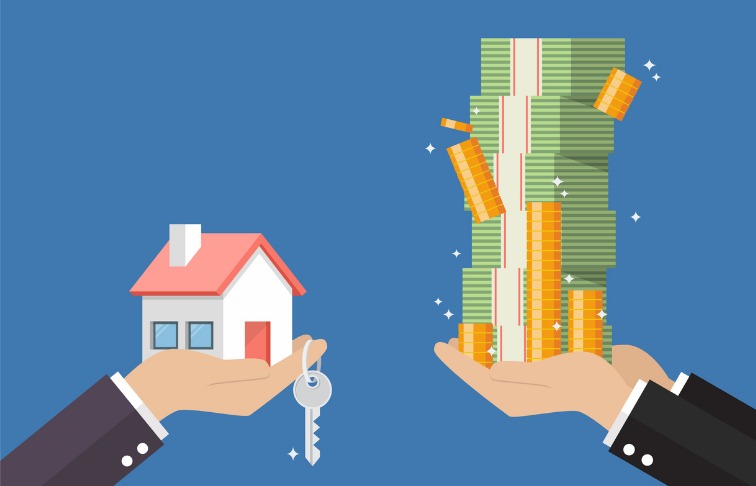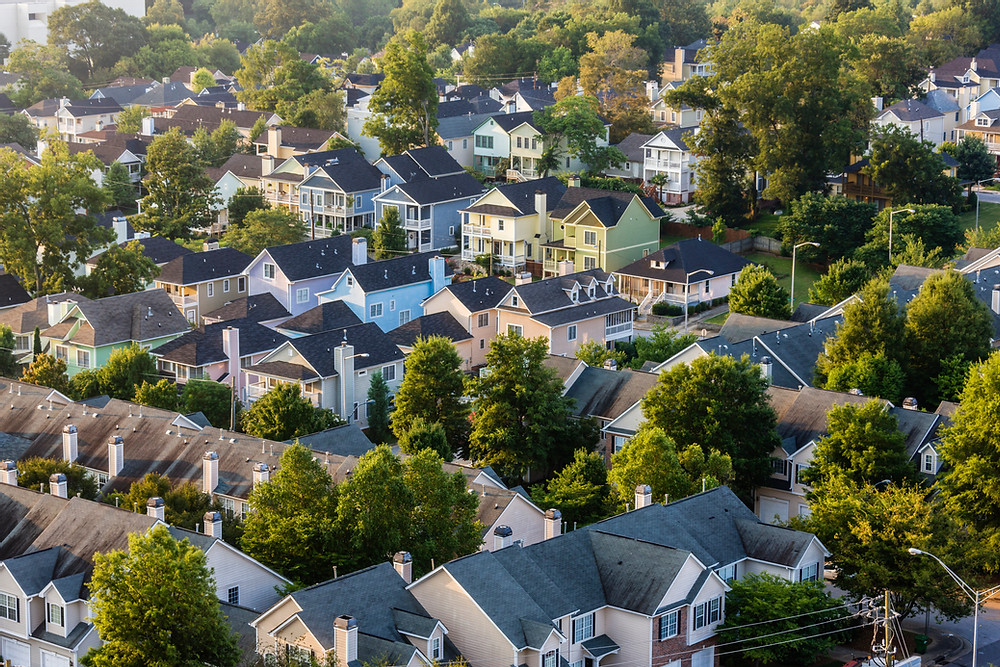Property Price Analysis

The analysing methods for the value of property prices are similar to those used for the fundamental analysis. Since real estate investments are generally long-term transactions, analysing the cash flow and subsequent rate of return is critical to achieving a profitable investment goal.
To make a profit, you need to know how to value real estate and how much profit each will make, whether it may be property appreciation, rental income, or both. Not every rental property brings the same returns to investors. At first glance, the two properties may appear to be equal, but appearances are deceiving.
By accurately pricing your rental properties, you can profitably increase your single-family rental investment portfolio and avoid buying someone else’s mistake.
What is Property Valuation?
Property valuation is a calculation that real estate investors use to determine the value of a property. Property appraisals can be carried out by investors using specific property and market data, licensed appraisers, and real estate brokers with BPO (broker’s opinion on value).
What You Need Before Appraising Your Property
Before starting to calculate the property value, you need to collect key financial data to evaluate your property:
1) Repayment of the mortgage, regardless of whether the payment includes real estate taxes and insurance.
2) The amount of the down payment, which will vary depending on the type of mortgage loan and the investment strategy used.
3) Rental income, including the job discount and the amount of rental cash flow remaining after the mortgage is paid and normal operating expenses.
4) Price-to-income ratio, which compares the average home price to the average income in the market. As this ratio decreases, homes become more affordable to buy, which means that the number of potential tenants could also decrease.
5) Gross rental income, which is measured by dividing the total purchase price of a home (including closing costs, fees, and necessary improvements) by the annual gross rent. The higher the rental yield percentage, the better an investment property can be.
6) Capitalization rate (or capitalization rate), which measures the rate of return on a rental property and is calculated by dividing the net operating income by the market value of the home. Since the capitalization rate does not take into account the cost of financing, it is easier to compare similar properties in the same market area on an apples-to-apples basis.
7) Cash flow, which is the money left over after all expenses, including the mortgage, have been paid, is usually measured monthly and annually. Negative cash flow occurs when the amount of expenses and debt service exceeds the amount of rental income received.

5 Common Factors Affecting Property Prices
You’ve probably heard the saying that “real estate is all about location, location, location.” This is true, but not all of it. The location is just one of seven major factors affecting property value:
1) Property Size and Floor Plan
The price per square foot is the most common value for residential properties. In addition to the size of the house, the cost is influenced by the number of bedrooms, bathrooms and the overall floor plan. The fact that the house is larger does not necessarily mean that it will be more profitable. This is because the characteristics of the home must match the market and the target tenant.
2) Property Improvements
Single-family rentals where the owner has already made improvements can be beneficial for buyers. This is because improvements added to the value of the property increase tenants’ comfort.
3) Property Condition
Delayed maintenance items such as a roof or heating system that need to be replaced or an outdated floor plan reduce property values.
4) Neighbourhood
Areas with a lot of vacancies and listings, graffiti and criminal activity, or an area experiencing general decline, can force landlords to lower their rents to attract tenants.
On the other hand, property values tend to be higher if they are close to schools, employment areas and amenities such as shops, restaurants, and recreational facilities. Rent growth is stronger due to increased demand from tenants.

5) Location
Location factors that affect property values include property tax rates and rents, rent controls, population and job growth in the market, and whether the area is prone to natural disasters or seasonal weather conditions that can make it difficult to rent at certain times of the year.
Key Steps Used to Estimate Property Price
Once you’ve narrowed down your potential rental real estate investments and gathered key financial data, it’s time to start evaluating potential deals. Successful real estate investors use a step-by-step system to quickly analyse potential deals in their portfolios.
Step # 1: Determine the Fair Market Value
Fair market value is the price that an informed buyer is willing to pay, and the seller is willing to accept.
Step # 2: Determine the Replacement Cost
The replacement cost is the money it would take to build the exact same property today. It takes into account things like the cost of land, the cost of labour and materials.
Step # 3: Determine the Fair Market Rent
Even if you are buying a rental property with a tenant, you will need to determine if the rent is “market”. If it is too high, the existing tenant cannot renew the lease. On the other hand, rents below market rates may provide some upside potential for lease renewals.
Step # 4: Calculate NOI
NOI, or Net Operating Income, is calculated by subtracting regular operating expenses from gross income. Ordinary operating expenses include current repair and maintenance costs, utilities, insurance, property management fees, and property taxes. However, NOI does not include mortgage payments.
Summary
The general financial calculations used to conduct property prices include factors such as the maximum rate, ROI, and cashback. If you’ve analysed the risks and market demands, you can value your property in the best way and have a great income.